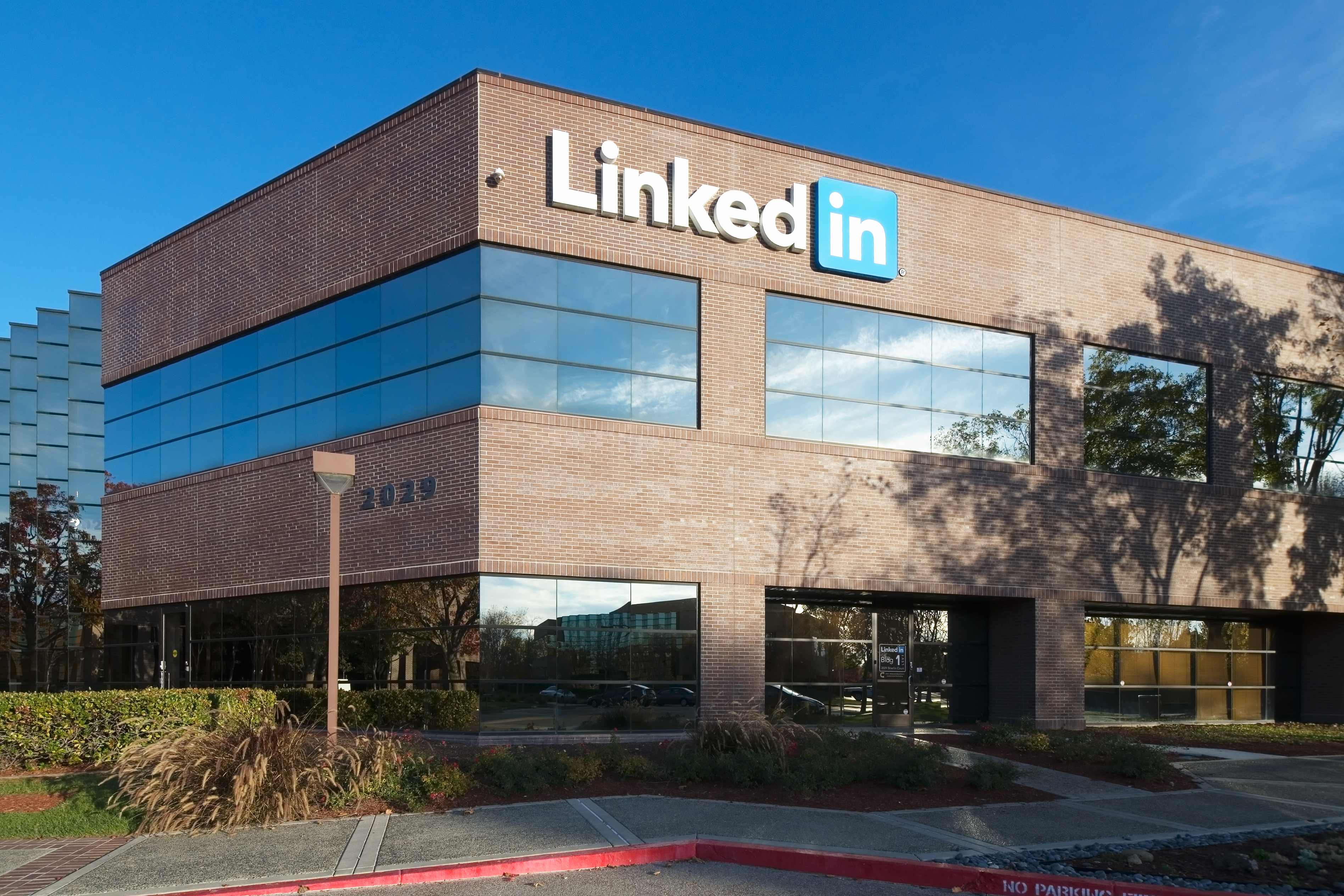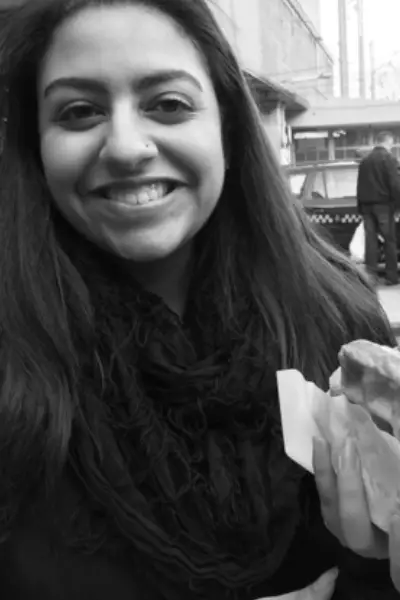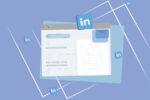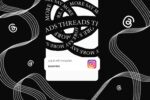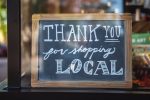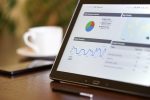It was an insidious infiltration.
Scrolling through your newsfeed you saw a baby picture and thought, “What’s that baby doing on Facebook?” Then you saw a “copy&paste this” status and it was clear: Facebook is no longer solely a student domain. Parents have joined and are *feeling excited*. For college students now looking to flee Facebook, it might just be that LinkedIn is its better-looking sibling.
Disclaimer: LinkedIn is definitely swarming with adults and parents, but they’re not looking to embarrass you with a #tbt — they’re looking to hire you. Nearly three million companies are represented on LinkedIn, including every Fortune 500.
But despite desperately seeking employment, a 2013 survey found that only 46 percent of millennials know LinkedIn exists. Though LinkedIn reports that 30 million students and recent grads use their site, that’s a fraction of the 400 million users they host.
Yet the networking domain holds it own against fan favorites Facebook and Twitter, as one of the three leading public social networking sites. And while Facebook pulls ahead in market capitalization, LinkedIn offers something Mark Zuckerberg’s brainchild cannot: a clean slate.
Every middle school status and awkward stage photo — they’re all immortalized on Facebook. The videos friends post on your wall and the pictures you are tagged in identify you more than anything you post.
A LinkedIn profile consists of only user-produced content; components such as job experience and causes you’re passionate about comprise your identity, allowing you to paint yourself as a “professional” even if you were pants-less in your headshot.
Another strength of LinkedIn is the usefulness of the connections. While there is debate over the number of close relationships the human brain can handle, most scientists agree that it is much lower than many millennials’ 500+ Facebook “friends.” Your Timeline is full of people you once sat across from in a class and will never talk to again, but LinkedIn users connect on the basis that they can form an effective professional network.
Facebook hit puberty first, but it peaked in high school. LinkedIn is the late bloomer who drives up to the five-year reunion in a Ferrari with perfectly coiffed hair, while Facebook is still long boarding through the hallways.


